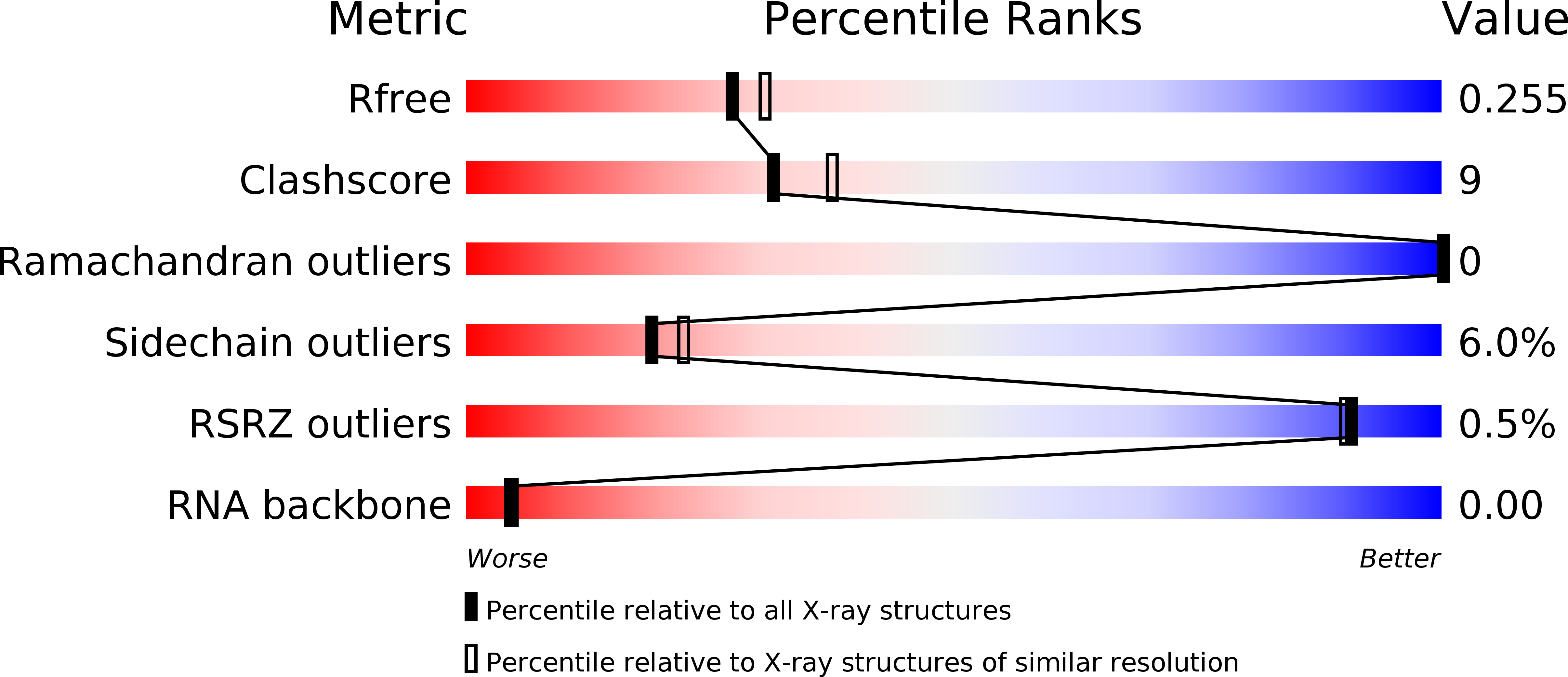
Deposition Date
2011-02-21
Release Date
2012-09-12
Last Version Date
2024-02-21
Entry Detail
PDB ID:
3QSU
Keywords:
Title:
Structure of Staphylococcus aureus Hfq in complex with A7 RNA
Biological Source:
Source Organism:
Staphylococcus aureus (Taxon ID: 889933)
Host Organism:
Method Details:
Experimental Method:
Resolution:
2.20 Å
R-Value Free:
0.25
R-Value Work:
0.19
R-Value Observed:
0.19
Space Group:
P 3


